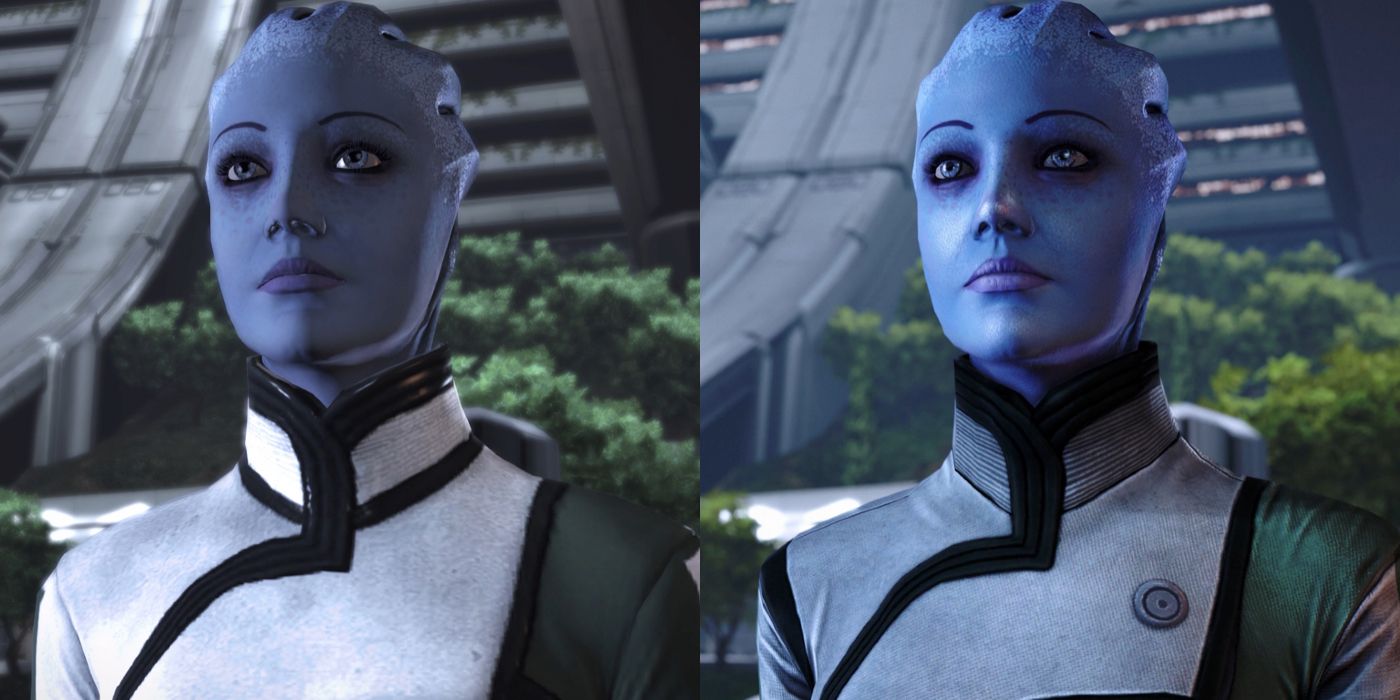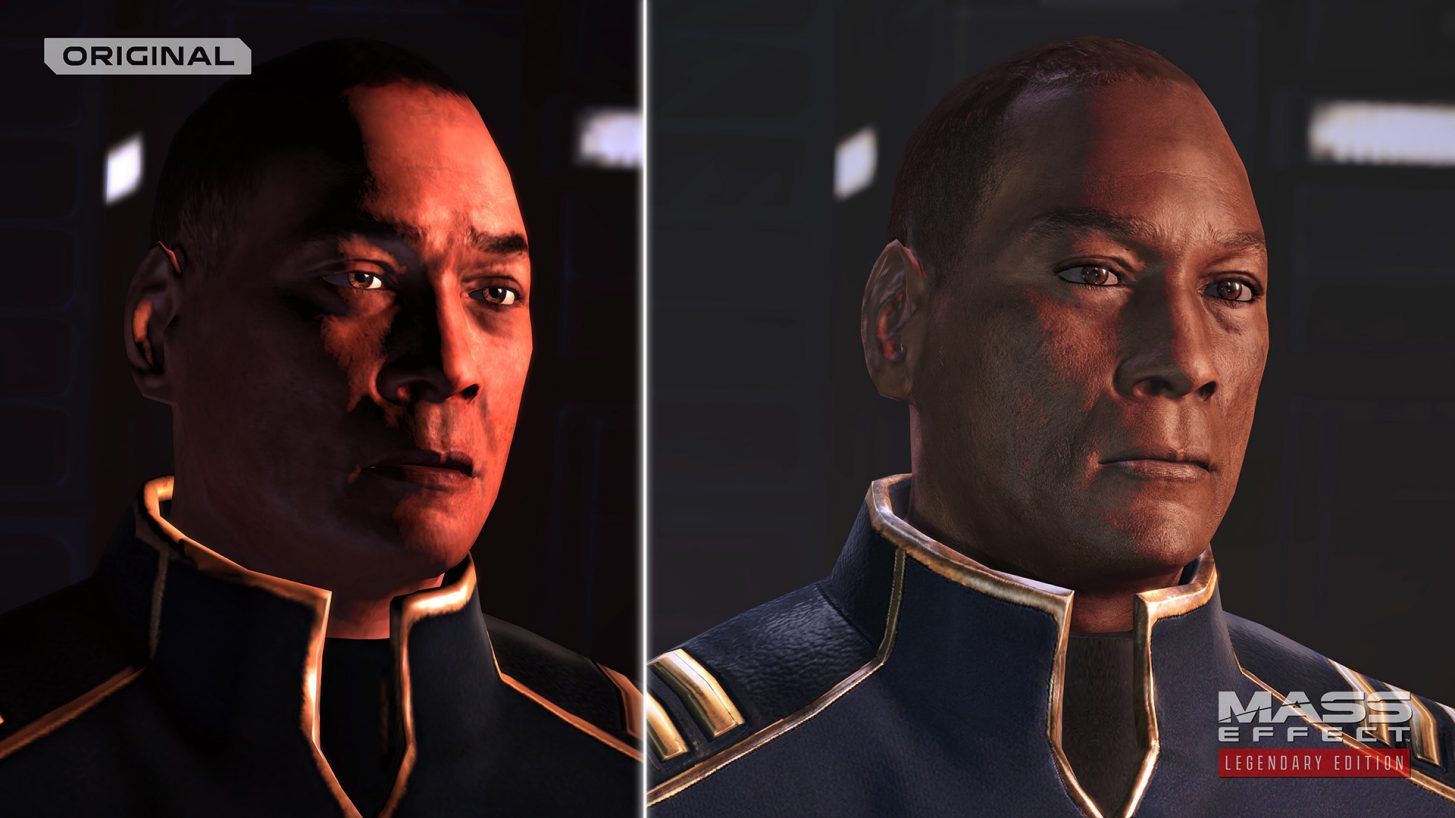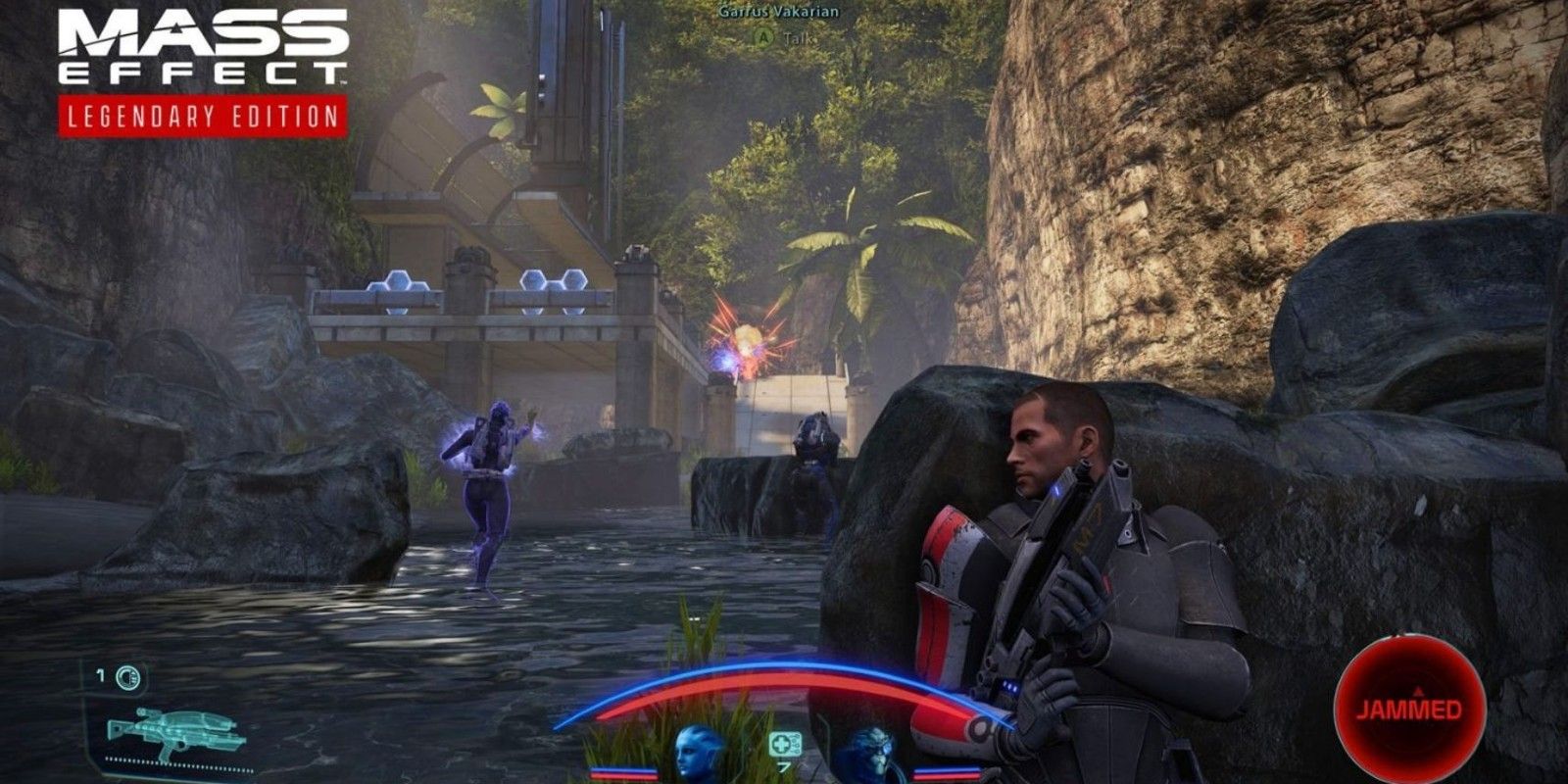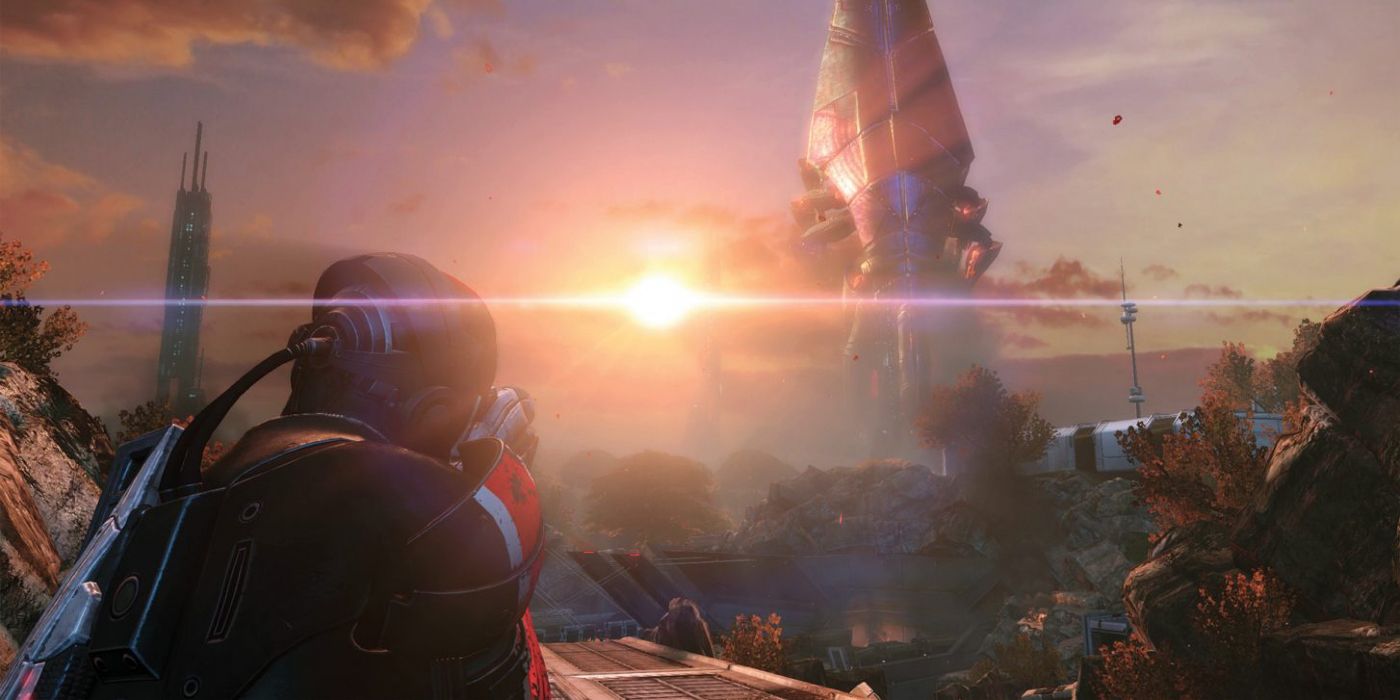BioWare is remastering its beloved sci-fi RPG trilogy with the Mass Effect: Legendary Edition. The Legendary Edition comes out May 14, 2021, and will make many systems universal across the series and improve many quality-of-life aspects. Most of the work is being put into the first game, which was released in 2007 and feels especially dated, although every game is getting enhancements. The Legendary Edition is attempting to deliver the definitive Mass Effect experience to longtime fans and new players alike, including almost all Mass Effect DLC and seamless save transfers between titles.
A lot of work has seemingly gone into bringing visual improvements to the entire trilogy. Initially released during the Xbox 360 and PlayStation 3 generation, the highest resolution possible for the Mass Effect trilogy was 1080p, though it often fell below that. Now, the Legendary Edition is targeting 4K, since it will be playable on the Xbox One X and the PS4 Pro (and the new PS5 and Series X consoles through backward compatibility). The team at BioWare responsible for remastering Mass Effect and its sequels has had to upscale every texture across all three games.
BioWare shares the process of modernizing the visuals of the Mass Effect trilogy in a blog post on the Electronic Arts website. The post makes a point of emphasizing the development team's commitment to the original vision for Mass Effect. Concept art, and even the original art director, were consulted when making larger changes to ambiance and landscapes. Overall, the improvements being made for the Legendary Edition look promising. Newer lighting models and improved particle effects seem like they will greatly improve realism and immersion. Here's a run-down of the process used to remaster the Mass Effect trilogy's visuals for the Legendary Edition.
Cataloguing What Needs Updating in Mass Effect
In short, deciding which aspects of the Mass Effect games needed to be improved wasn't hard, since the answer is "all of them." The resolution of every texture and model was far too low to be shown in 4K for the Legendary Edition, so getting a list of the assets from all three games was the first step. This included "particle effects, 3D models, textures, levels, GUI (Graphical User Interface) elements, sounds, cinematic movies," and more. According to BioWare, there are over 30,000 individual textures across the entire trilogy, and each one had to be noted, evaluated, and categorized before being enhanced.
Engine limits on texture sizes had to be increased in order to accommodate the larger textures that would be made in developing the Legendary Edition. Some of these could be upscaled from their original source asset if it was still accessible, while others had to be recreated. AI upscaling was used frequently in the process, but a lot of work was still done by hand, and everything had to be double-checked to ensure it remained true to the original and to catch any mistakes.
Modernizing the Details of the Mass Effect Trilogy's Graphics
The first Mass Effect needed the most work done to it visually. To help the expedite the process of remastering the first game's graphics, BioWare used as many assets from Mass Effect 3 as possible. For example, newer character models were imported into the first game, and touched up to remain true to the timeline where characters aging applied. Aside from character models, generic props were also popularly utilized from the latter two games. In both cases, the more modern asset would be used as a base, which was then improved upon, and inserted into all three games. Continuity in art design had to be looked out for as well, as BioWare noted: "we still liked how the Alliance Admiralty uniforms became more militarized and sleek as the trilogy progressed, so we improved each version of those outfits individually." Additionally, Normandy SR-1/SR-2 uniforms remain on their proper ships.
Hundreds of armors, creatures, characters, guns, and vehicles were improved across the series, with an emphasis on increasing the realism for each asset. The Legendary Edition looks to bring more distinct and true-to-life visual representations of different materials such as plastics, fabrics, and metals. The same objective applied to Mass Effect's character models as well, since skin, hair, and eyes were made to appear more realistic.
Particle effects will be largely improved across all three games. Adding more layers to effects such as fire and explosions will make them more convincing in the Legendary Edition. A fire may have more sparks and smoke, while an explosion appears to eject debris from the point of detonation. The horizontal lens flare seen throughout the trilogy was also beefed up to make it more visually impressive. The expanded resolution means game aspects like the HUD and other onscreen elements had to be reworked so as not to produce jagged edges. Similarly, each of the Mass Effect games' cinematics have been re-rendered where possible to support 4K. When re-rendering wasn't an option, AI upscaling was once again used on the original, uncompressed game files. BioWare claims that "dozens, if not hundreds of bugs" that occurred during conversations and in cutscenes have now been removed for the Legendary Edition.
Many other details were addressed in the remastering of the trilogy's environments. Low resolution or stretched textures were fixed, and more props were added to noticeably barren areas. New lighting has been used across the trilogy to bring out more detail and improve colors. Once again, engine features only present in Mass Effect 3 are now present in the first two games to improve their graphics as well.
Sweeping Changes to Mass Effect's Environments
The final step for BioWare in the remastering of the Mass Effect trilogy was to make large changes to levels in order to more fully realize the original vision for the series. Although thousands of assets had been improved by this point, BioWare still noticed a drastic difference in overall visual quality when comparing Mass Effect and Mass Effect 2. Work in progress screenshots were taken and sent to the original art director Derek Watts, who created newer concept art with the screenshots as a base.
Some examples of the way environments were improved include filling out skyboxes with more buildings, creating more visible damage to structures where applicable, supplementing the intended mood through directional lighting changes, intensifying severe weather patterns, reworking areas to make them more unique from their surroundings, and increasing foliage. BioWare targeted many particular locales from the first Mass Effect for improvements, including Eden Prime, Feros, and Noveria.
Although the Legendary Edition still runs on Unreal Engine 3, fans should expect the game to have a significantly higher visual fidelity than all three original titles. Some artistic reimagining has been done, but BioWare seems confident that Mass Effect: Legendary Edition will be the definitive version of the classic trilogy, and worthy of its legacy.
Source: Electronic Arts




